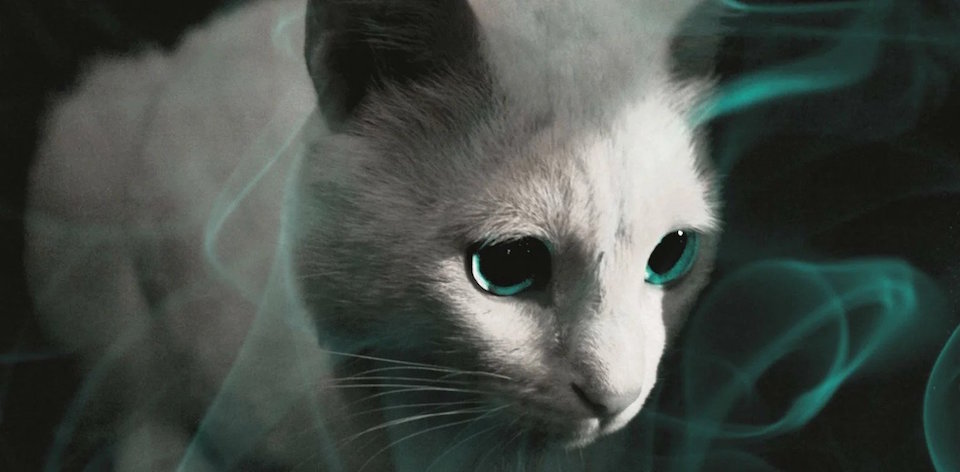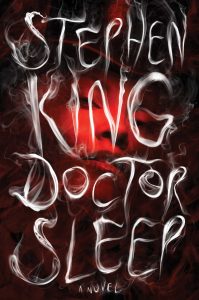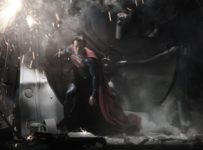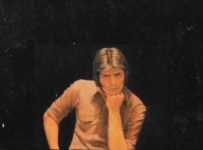Welcome to the feature column that explores a decent number of Stephen King’s books in the order they were published! (More or less!)* Fair warning: there will be spoilers ahead.
The first time I encountered Stanley Kubrick’s film of The Shining was in a hotel room. Or at least the first time I really watched it, absorbing way more than its carpets and quotable lines. Similarly, I read The Shining for the first time in hotel room (more of a cube really) above Shibuya station, and the irony was not lost on me.
Yet it was not the setting but the inner demons that resonated most closely with this Constant Reader: Jack’s raging alcoholic monster as frequent a guest as the black dog that’s lurked in my head since I was a teen. King’s horror is at its best when deals with very human darkness, and here it gets very dark indeed.
DOCTOR SLEEP only acknowledges the novel as the “true history of the Torrance family,” as King refers to it in an afterword, acknowledging the tense relationship the writer has historically had with one of the most acclaimed adaptations of his works. Indeed, it is hard to completely untangle one’s mind from the carpets and faces of the 1980 film when approaching this 2013 novel. Yet it isn’t long before King whips that particular geometrically patterned rug out from under us.
Picking up a few years after the destruction of the Overlook Hotel, a young Danny “Doc” Torrance is still traumatised by the events and is quite literally haunted by the woman from Room 217. As he grows older, his “shine” is dulled by the alcohol and drugs he becomes addicted to. Here is a man who has not forgotten the face of his father. Running from himself and a singular incident that haunts him, Dan eventually rebuilds his life through years of A.A. and working at a hospice. Using his abilities to help dying patients pass over, he earns the nickname “Doctor Sleep.”
For any other writer, this singular narrative would be enough to sustain a sequel. Yet in the 36 years between books, King’s writing has become more complex and interconnected. There’s a lot going on in DOCTOR SLEEP, and some might even argue too much. We are also introduced to Abra, a young girl who exhibits signs of her own powerful shining, and eventually becomes the target of a group called the True Knot: a sort of immortal gang who roam the country in RVs and, under the leadership of the beautiful Rose the Hat, leech energy (or “steam”) from powerful shiners through torturous methods.
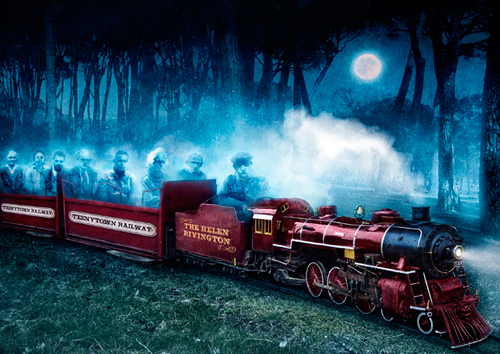
While the introduction of vampiric travellers might be the clue that this has taken a step into King’s trademark horror territory, the clues to the source of the real horror are there from the beginning. Just as Jack Torrance has the ‘ghost’ of his own abusive father present in The Shining, the apple remains close to the tainted tree here. As Dick counsels young Danny on how to stow away his metaphysical demons, it’s a far more terrestrial rot that leads to Dan’s intermediate fall. “Maybe you can put things from the Overlook away in lockboxes,” he realises early in the book, “but not memories. Never those. They’re the real ghosts.”
Of course, one of those earthly demons explore is alcoholism and addiction. The other major change for King in the intervening years was his sobriety after a period of intense alcohol and drug use, a time he speaks openly about in his On Writing memoir and various other places. Starting with a quote from the Big Book of A.A., the 12-step process forms a repeated meme throughout the book and forms the backbone of Dan’s (and by extension, his father’s) redemption arc. Addiction, anger, and human frailty clash with a base desire to do the right thing. One of Dan’s biggest hurdles proves not to be the True, but rather his inability to fully complete the fifth A.A. step of confession. This is King’s lived horror, and it’s even more powerful in the telling.
While I’ve read some detractors talk about this book, King counts Margaret Atwood as one of his superfans. Writing in The New York Times in 2013, Atwood ranked DOCTOR SLEEP as having “all the virtues of his best work.” King has an uncanny ability to get into the heads of his villains, and the True Knot is no exception. In fact, there is a part of my brain that wanted them to succeed because of the perversely romantic notion of immortal beings existing long after the dust has settled on civilisation. Unquestionably wicked, but King almost gives us enough to at least empathise with them, if not outright sympathise.
Perhaps the best way to read this novel is as a personal musing on grief, guilt, and learning to live with your own demons.
For Constant Readers, there are countless connections to other works in here as well, some of which tie directly into King’s elegant multiverse. Two of his fictional Maine towns are mentioned, along with a death date and a familiar phrase from The Dark Tower series. Deeper cuts from Lisey’s Story, The Talisman, and the comic book series American Vampire can also be found, but most interesting of all are the references to son Joe Hill’s NOS4A2.
DOCTOR SLEEP is soon to be a major motion picture, and it too is just as much a sequel to the Kubrick film as it is an adaptation of this novel. Yet perhaps the best way to read this novel is as a personal musing on grief, guilt, and learning to live with your own demons. Whether it’s alcoholism, depression, or any chronic diagnosis, sometimes there’s no overcoming it. This story reminds us that sometimes learning to acknowledge those parts of us can lead us to finding our greatest strengths.
* This was a special break from my chronological journey through King in preparation for the upcoming film. This month also sees the release of The Institute, which will get a separate review. While we’re diverted, I’m going to re-read 1988’s Misery out of order because Lizzy Caplan has been cast as Annie Wilkes for the second season of TV’s Castle Rock. In November, I’ll be back to regular programming with 1983’s Christine. It all makes sense in my head at least.

